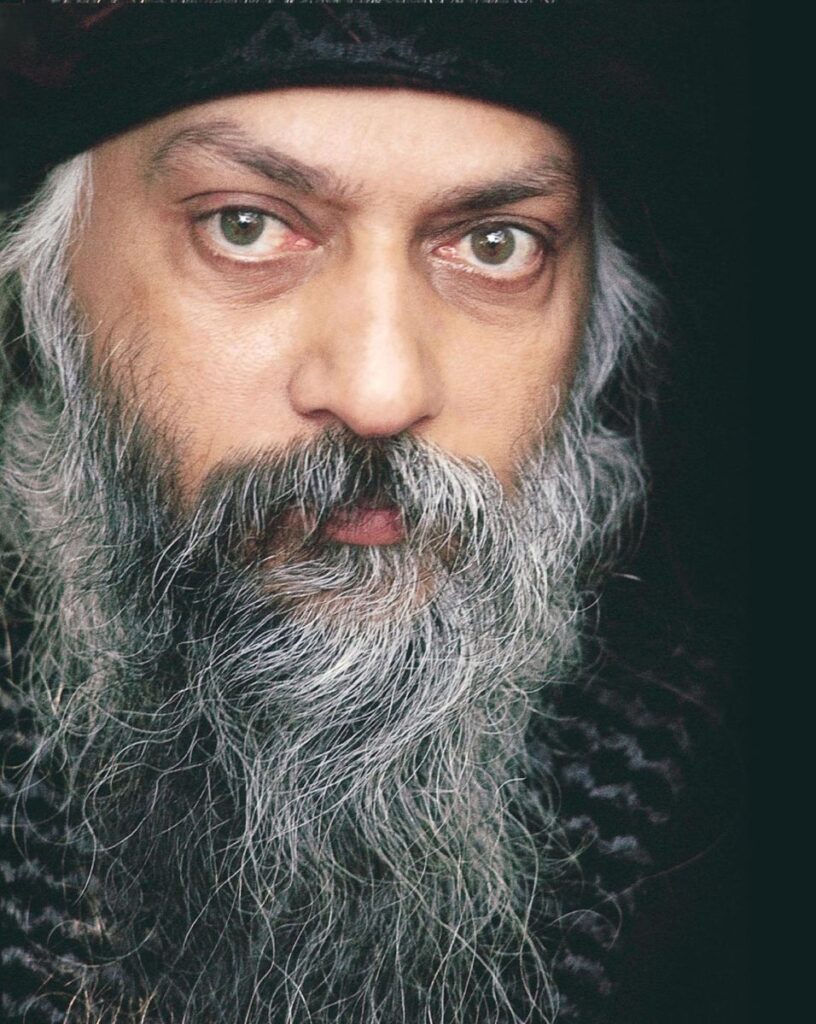A disciple of a Zen Master was meditating for twenty years. Again and again he would bring his experiences, and the Master would throw him out saying, “This is all rubbish! Go again and meditate! Unless you can come with the experience of nothing, don’t come to me.”
And one day it happened; the experience of nothing happened. He felt no-being, a deep nothingness, nobody inside. He was tremendously happy. He went running to the Master, fell at his feet, and said, “It has happened – I have seen nothingness!”
The Master said, “Get out! Get out immediately! because if you have seen nothingness, you are still there. This is not true nothingness – something of you still has roots. Only come to me when there is nobody even to say that ‘I have known nothingness’.”
And then years passed, and the disciple didn’t turn up. Then one day the Master had to go to the disciple. The disciple was sitting underneath a tree, playing on his flute. The Master went close. The disciple continued playing on the flute as if nobody had come. The Master blessed him and said, “Now it has happened! Now you are utterly unconcerned. Now you don’t claim. Now it has become so natural that there is no idea of ‘I’.”
Osho in The Guest: Talks on Kabir

Acharya Rajneesh (1931-1990), known later as Osho, was an Indian godman, philosopher, mystic and founder of the Rajneesh movement. He was viewed as a controversial religious leader during his life. He rejected institutional religions, insisting that spiritual experience could not be organised into any one system of religious dogma. He advocated meditation and taught a unique form called dynamic meditation. Rejecting traditional ascetic practices, he asked his followers to live fully in the world but without attachment to it. Pic courtesy: https://www.sannyas.wiki/
